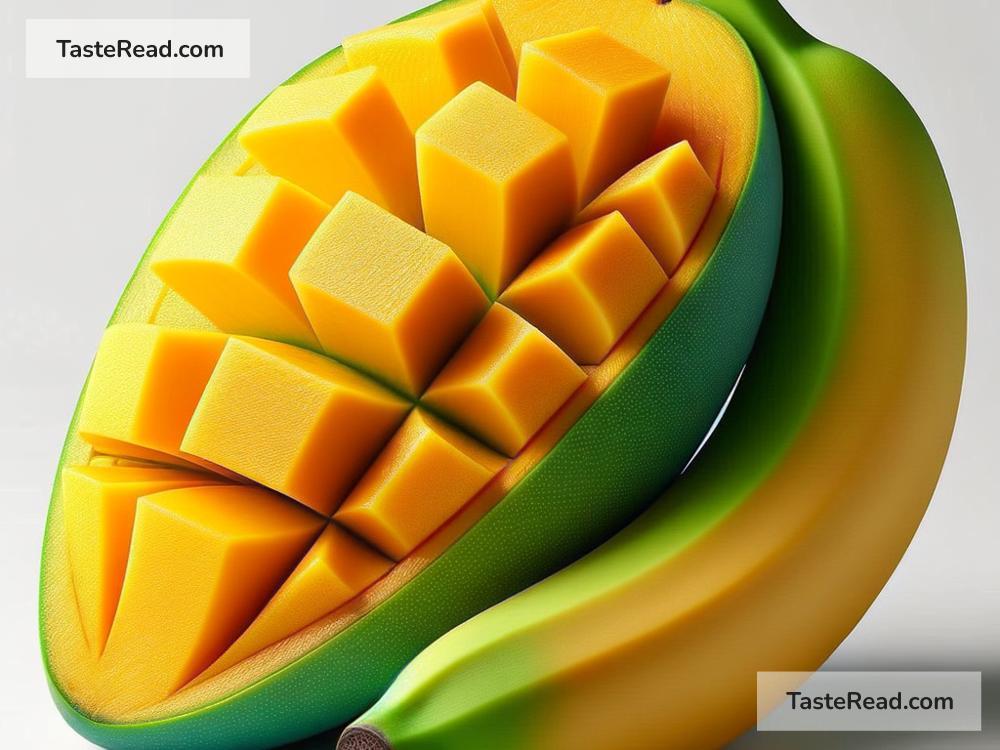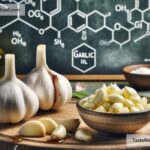The Role of Starch Conversion in Fruit Sweetness
Everyone loves sweet, juicy fruits like bananas, apples, and mangoes. But have you ever wondered why a fruit tastes sweeter as it ripens? The answer lies in a fascinating biological process called starch conversion. In this blog, we’ll simplify this process and explore how it impacts the sweetness of fruits.
What is Starch?
Starch is a type of carbohydrate that plants produce and store as energy. It’s made up of many sugar molecules linked together in long chains. While starch is tasteless, it serves as a vital food source for plants and humans. In fruits, starch acts as a “reserve” energy supply for growth and development.
Why Does Starch Matter in Fruits?
When a fruit is unripe, its starch content is often very high. Unripe bananas, for example, are firm, starchy, and not very sweet. Instead of tasting sugary, they can feel chalky because their starch molecules haven’t been broken down yet.
Starch plays a key role in the ripening process, as it’s the starting point for producing the sugars that make fruit taste sweet. As fruits ripen, enzymes inside them begin breaking down starch into simple sugars, such as glucose, fructose, and sucrose. These sugars are the reason ripe fruits taste so delicious.
How Starch Converts to Sugar
The process of starch conversion is driven by enzymes, which are specialized proteins that speed up chemical reactions in living organisms. In fruits, there are specific enzymes called amylases that are responsible for breaking starch into sugar molecules.
Here’s how it works:
1. Ripening triggers the enzymes: Fruits begin to ripen due to signals from plant hormones like ethylene. Ethylene acts as a switch, prompting changes in the fruit that include the activation of enzymes.
2. Amylases break down starch: Once active, amylases begin cutting the long chains of starch into smaller sugar molecules. This process happens gradually as the fruit continues to ripen.
3. Sugar levels increase: Over time, the amount of sugar in the fruit rises. The starch decreases, and the fruit becomes sweeter and easier to digest.
If you’ve ever waited for a hard, green mango to turn into a soft, golden mango bursting with sweetness, you’ve witnessed starch conversion in action!
Why Do Fruits Need to Get Sweet?
Sweetness in fruits serves an important purpose beyond making them tasty for humans and animals. In nature, the sweetness of ripened fruits is a clever strategy to attract animals. Here’s how it benefits the fruit:
1. Seed dispersal: When animals eat sweet fruits, they often carry the seeds inside the fruit away from the tree where they grew. Animals may drop or excrete these seeds in new locations, helping the plant spread and grow in more areas.
2. Reproduction success: The sweetness encourages animals to choose ripe fruits, which signals to the plant that its seeds are mature and ready. A ripe fruit ensures that the plant can reproduce successfully.
This mutual relationship between fruits and animals is part of what scientists call “seed dispersal ecology.”
Examples of Starch Conversion in Fruits
Different fruits convert starch to sugar at varying rates, depending on their type and storage conditions. Let’s look at a few examples:
-
Bananas: Starch conversion is very noticeable in bananas. Green bananas are high in starch and taste bland, sometimes even bitter. As they ripen, the starch transforms into sugar, giving yellow bananas their sweet flavor. If you notice brown spots on the banana, it’s a sign that the fruit is very ripe and its sugar content is at its peak.
-
Apples: The ripening process in apples also involves starch breaking down into sugars. While many apples ripen partially on the tree, farmers often harvest them before they’re fully ripe to preserve quality during transport. This means apples that ripen off the tree may continue converting starch to sugars in storage.
-
Pineapples: Unlike bananas and apples, pineapples don’t ripen much after being picked. This means they should be harvested at their peak ripeness when starch conversion to sugar has already occurred. A ripe pineapple will offer the perfect balance of sweetness and tartness.
-
Avocados: Most people don’t associate avocados with sweetness because they are known for their creamy texture and mild flavor. However, like other fruits, avocados convert starch to sugar during ripening, even though sugar levels remain low compared to sweeter fruits.
How Can We Maximize Sweetness?
Understanding starch conversion can help us enjoy fruits at their sweetest! Here are some tips:
– Let fruits ripen naturally: Allow fruits like bananas and mangoes to ripen at room temperature for a sweeter flavor.
– Store carefully: Keep fruits like apples in a cool place to slow ripening until you’re ready to eat them.
– Choose ripe fruits for recipes: If you’re making smoothies, desserts, or juices, using ripened fruits will ensure a sweeter outcome.
Conclusion
Starch conversion is a natural and essential process that gives us the sweet, flavorful fruits we love. Enzymes break down starch into simple sugars during the ripening process, making fruits appealing to both humans and animals. So the next time you bite into a ripe banana or mango, remember that behind the sweetness is a complex process designed by nature. Fruits truly are amazing creations!


